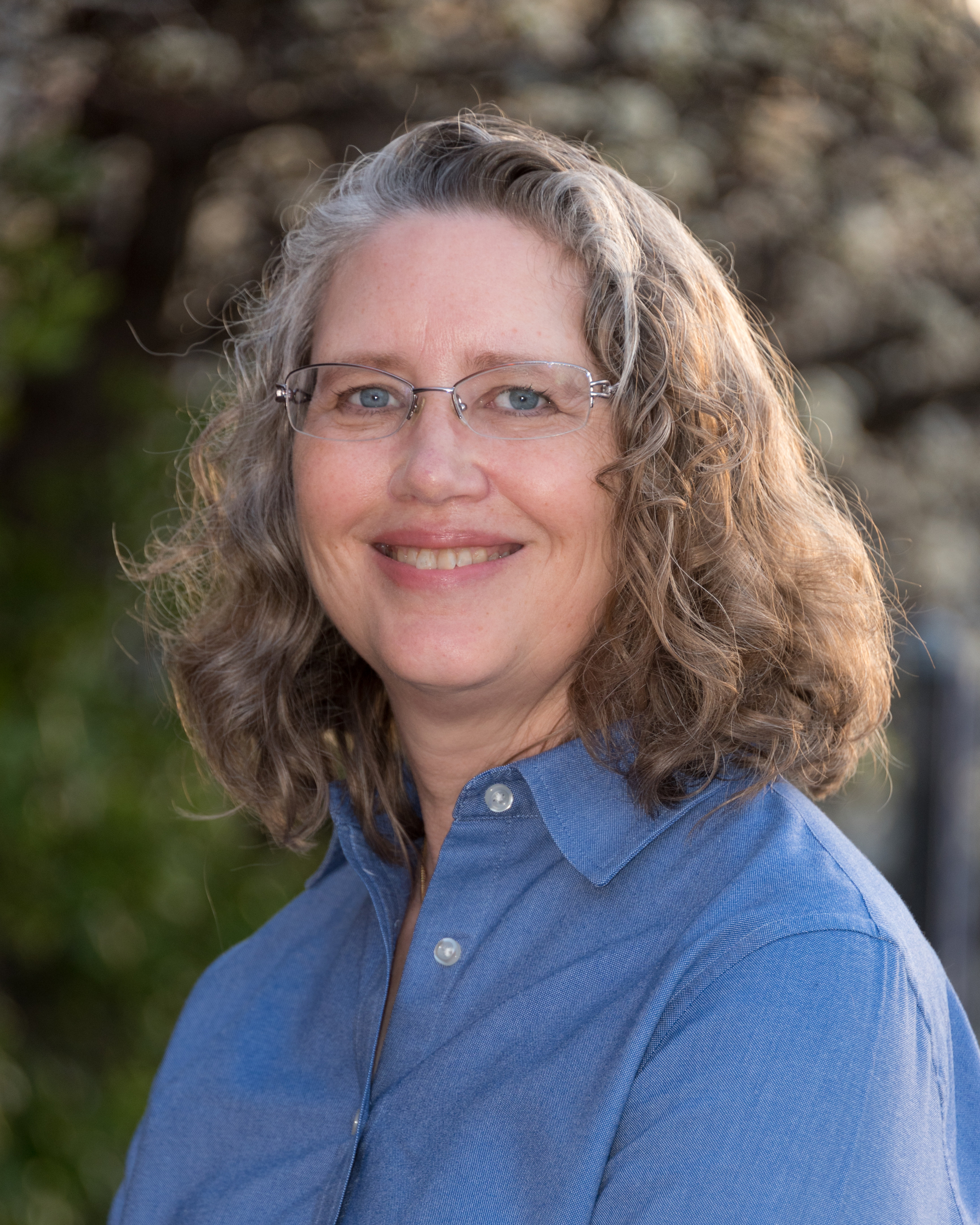Anyone who has lived in California for any period of time knows it’s only a matter of time before a large earthquake, colloquially known as “The Big One” hits us here on the left coast. Although only some of us actually have an “earthquake kit,” we all know we ought to have extra food, water, flashlights, and other supplies readily available at home (and in our car) so we can take care of ourselves while we wait for any broken infrastructure to get sorted out.
That’s great, as far as it goes, but what if the One that hits is really Big, and there you are, safe outside your semi-collapsed home, but you see smoke in the near distance, or a neighbor says there are people trapped in a building three blocks over? In a large event, first responders are going to go to crowded public areas first. You and your neighborhood will most likely not be seeing any police or firefighters for several hours at best, and possibly not for two or three days.
As Michael St. John, the Battalion Chief who ran the Community Emergency Response Team (CERT) Command Post Operations training I attended last weekend said, most people in an emergency will stay put and wait for instructions. The main thrust of this class was to give us the skills, knowledge, and – most importantly – the permission to act on our own in the absence of any communication from first responders or others in authority, who will all be busy elsewhere.
So while someone without this training might try repeatedly calling 911 while feeling frustrated about the fast busy signal, or someone else might try to rush toward the smoke with a fire extinguisher or enter a home by themselves looking for victims, a person who had taken this class might, instead, set up a neighborhood command post.
From the command post, we can gather information about what is happening in the neighborhood, and post it for others to see. We can gather volunteers, find out what their strengths are, and assign them to teams based on their skills and abilities. We can make a list of what needs to be addressed, prioritize it, and send out organized teams with instructions and equipment to address the most urgent matters. We can also, if appropriate, initiate a door-to-door search and rescue operation.
Then, when the police and fire fighters do show up, be it hours or days in the future, we can efficiently and thoroughly give them a big picture analysis about what has been addressed, who still needs help, and what is left to be done.
During the training, we did a table top exercise which was effective in simulating, in a controlled environment, the kinds of issues with which we might be faced. What do you do first with a limited number of volunteers when there are injured people in the parking lot just outside, a building on fire a few blocks away, people trapped in another building, a sewer leak, and a flooded neighborhood?
What if you send out all your volunteers to deal with those situations, and then someone comes to you with reports of a number of other incidents demanding attention? How do you keep track of all the volunteers? How do you make sure they understand their assignments? How do you obtain and distribute supplies? And, most importantly, how do you make sure none of your volunteers gets hurt while they’re trying to help others?
These are the kinds of questions we struggled with and addressed as we went through the exercise.
We don’t know when The Big One, or some other disaster, will strike. We do know it’s coming. And although it’s great to know your family and yourself will have the supplies you need, there is so much more you can do to prepare, so you’re ready to help not only your family, but others in your neighborhood as well.
There are CERT organizations throughout the country, working with the Red Cross, local fire agencies, and FEMA to hold classes and training exercises to teach us how we can help ourselves and our neighbors when the first responders are overwhelmed. You can find the Los Angeles CERT “>Religious and Reform Facebook page to see additional photos and behind-the-scenes comments, and
Did you enjoy this article?
You'll love our roundtable.
Editor's Picks



What Ever Happened to the LA Times?

Who Are the Jews On Joe Biden’s Cabinet?


No Labels: The Group Fighting for the Political Center
Latest Articles

Israel Strikes Deep Inside Iran

NSFW – A Poem for Parsha Metzora

Israel War Room Launches in Spanish

Modern Book Bans Echo Past Atrocities and Further Silence Marginalized Voices

The Power of the Passover Seder to Unite Jews












 More news and opinions than at a Shabbat dinner, right in your inbox.
More news and opinions than at a Shabbat dinner, right in your inbox.